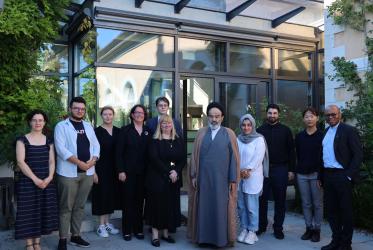Iran
Iran, the old Persia, was settled over 3000 years ago by the Aryan peoples, from which the country's name is derived. From the 16th century onwards, Iran was ruled by a shah, or king. In 1978, the monarchy was overthrown. An Islamic theocratic republic was established, in which the political authority is vested in religious scholars. The regime has conservative and reformist currents. Shi'a Islam has been the official religion of Iran since the 16th century, and Shiites form 89 percent of the population; 9 percent are Sunni. Iran has rich oil and gas reserves. Production and export are controlled by the state. The majority of the population live from small-scale industry, commerce and farming. While Christians form less than 1 percent of the population, the church has a long history in Iran. The Assyrian Church of the East extended to Persia and beyond, from the 5th to the 7th century. Historically, this small church was called the Church of Persia. A small community still exists in Iran. The largest Christian group is the Armenian Apostolic Church, under the jurisdiction of the Holy See of Cilicia. During the 19th century, Catholic (both Latin and Eastern rites), Anglican and Protestant churches were established in Iran. There is also an Assembly of God church (Pentecostal). After the Islamic revolution in 1978, most newly established church properties were confiscated and educational institutions were limited to Christian education among Christians. During the 1980s the Bible society was banned and the government shut down many newly formed Protestant and Evangelical churches. In recent years the conditions for religious minorities have become more and more difficult.


